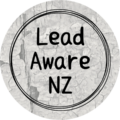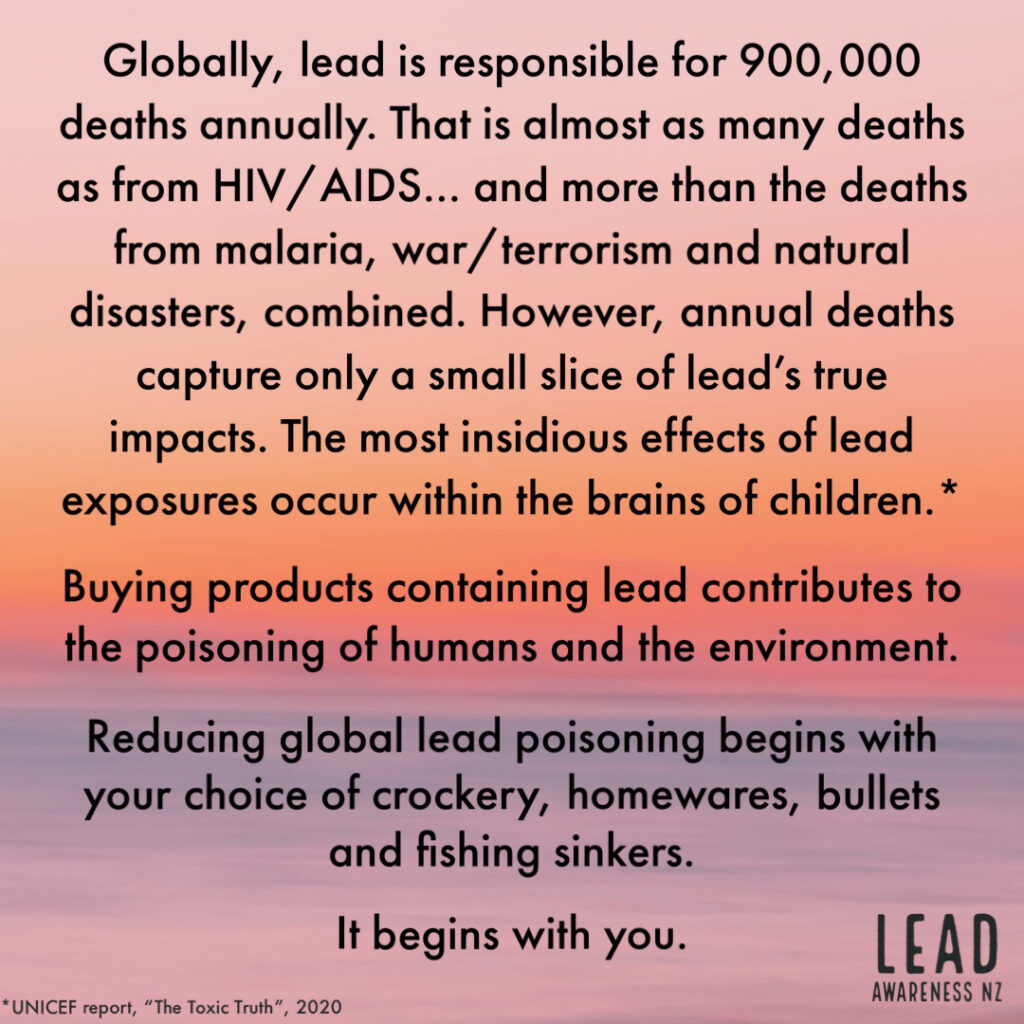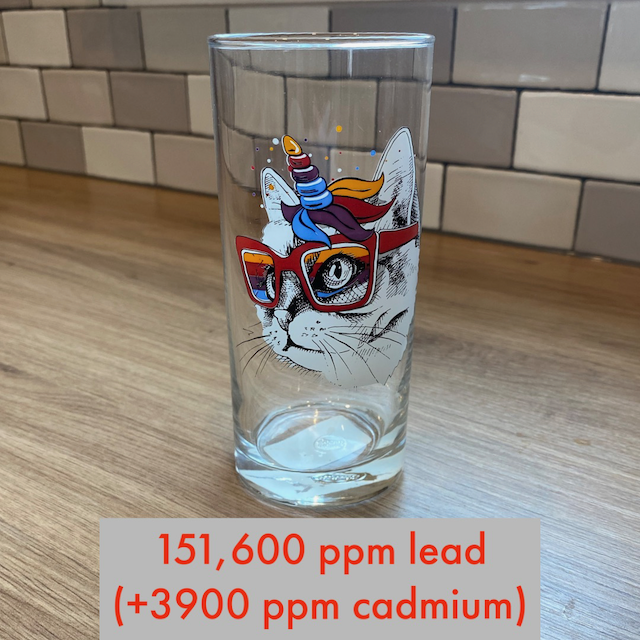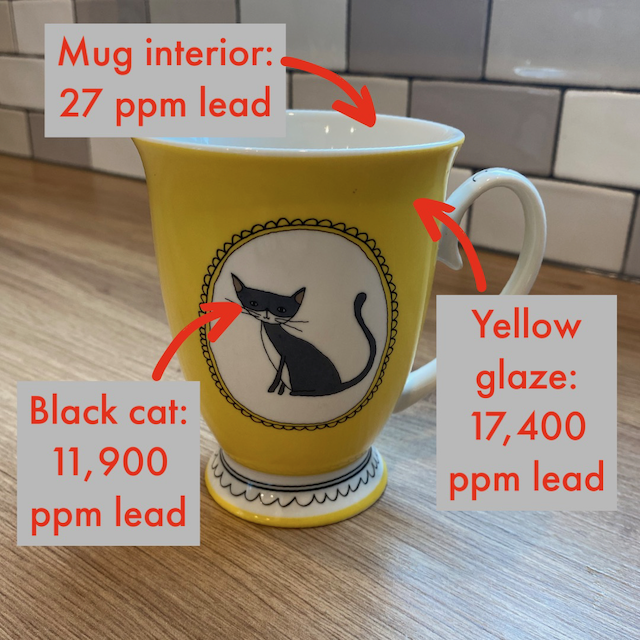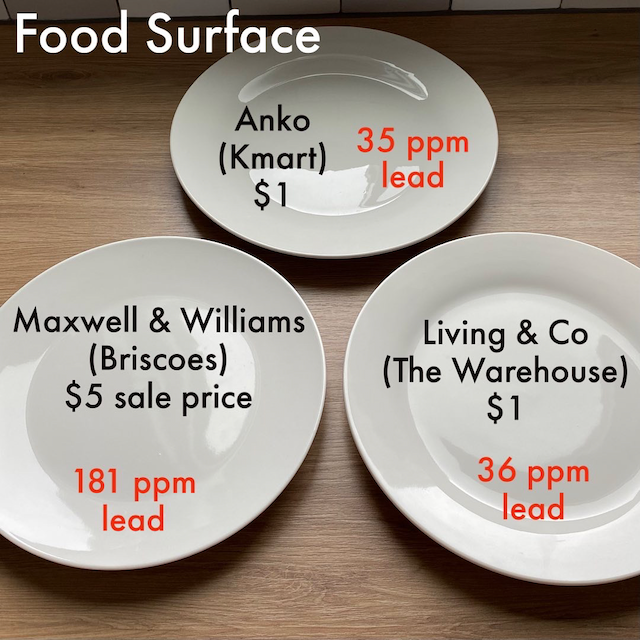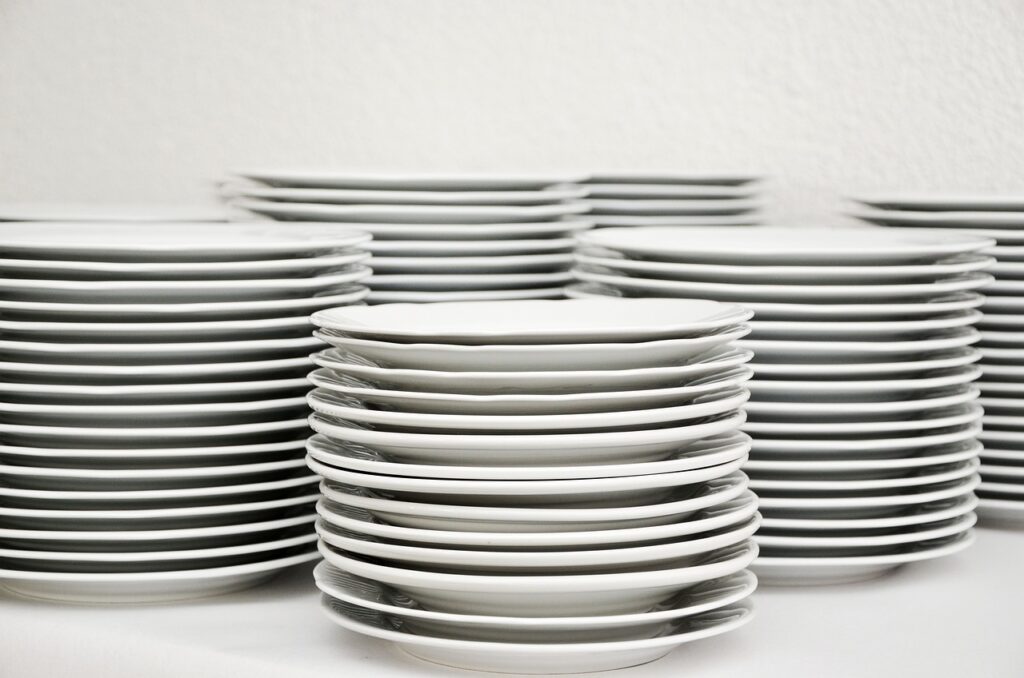Ceramics Legislation Due to widespread issues with lead poisoning occurring from ceramics, regulations were introduced in the 1970’s and 80’s. Limits were set to make sure too much lead (and cadmium) didn’t leach from the ceramics and poison people. This post summarises all the research I’ve been doing into not only the New Zealand regulations, but how they compare to the international ones, and the history of all of it. This information focuses only on lead (ignoring cadmium), and more on mugs than plates. This is also a work in progress, and will be updated if/when I find out more information. USA Regulations Anderson et al has this great introduction for this topic in her paper: “The U.S. FDA regulates lead content in ceramics used with foods, and in mugs specifically. In 1970, the FDA conducted a survey of imported pottery and found “high levels” of lead leaching from the products (USFDA 1979a, p. 51237). The FDA instituted a compliance program for domestic and international pottery in 1971, limiting the amount of lead that leached from pottery into a leaching solution to 7 μg/L (USFDA 1979a). In 1979, the FDA revised the guidelines for lead leached from ceramic foodware based on a recommended tolerable total lead intake value of 100 μg/day for infants up to 6 months of age and of 150 μg/day for children from 6 months to 2 years of age, based on the endpoint of altered heme synthesis (USFDA 1979b; USFDA 1989). In response to new data and updated international reference values, in 1989 the FDA adopted a range of 6 to 18 μg/day as the provisional tolerable lead intake from food for a 10 kg child, and proposed that the guidelines for ceramic foodware again be lowered (USFDA 1989). The agency noted at that time that it was not possible to establish a threshold for lead toxicity (USFDA 1989). In 1992, the lead release guidelines were amended to include levels specific to cups and mugs “because these articles are frequently used under conditions that may enhance lead leaching” (USFDA 1992, p. 29734). In particular, the FDA noted that cups and mugs are “generally used to hold acidic beverages, such as…coffee or tea” (USFDA 1992, p. 29735). The FDA reported that the acidity in conjunction with the higher temperatures of these beverages enhances the lead leaching rate (USFDA 1992). According to the 1992 guidance, the FDA “may take enforcement action” when cups or mugs exceed a lead level of 0.5 μg/mL in a 4% acetic acid leaching solution in any of six mug or cup units examined (USFDA 1992, p. 29735). This limit currently is still in place for cups and mugs.” Source: Anderson, G.L., Garnick, L., Fung, M.S. et al. A pilot study to assess lead exposure from routine consumption of coffee and tea from ceramic mugs: comparison to California Safe Harbor Levels. FoodContamination 4, 4 (2017). https://doi.org/10.1186/s40550-017-0049-7 https://foodcontaminationjournal.biomedcentral.com/articles/10.1186/s40550-017-0049-7 European Regulations EU regulations were introduced in 1984. Here’s some basic info from their report evaluating reducing the allowable levels: “The migration of lead and cadmium from ceramic into food is presently regulated under Council Directive 84/500/EEC1. It defines a maximum migration of 4 mg/kg food for lead and 0.3 mg/kg food for cadmium. Limits have not been updated since. Scientific data has shown the need to lower these and to consider limits for other metals as well. The limits for lead and cadmium in drinking water under the Drinking Water Directive were chosen as DSV [discussion starting values] for ceramic FCMs. The DSVs would reduce the migration by a factor 400 from 4 mg/kg food to 10 μg/kg food for lead, and by a factor of 60 from 0.3 mg/kg to 5 μg/kg food for cadmium. Metals other than lead and cadmium are not yet regulated at European level, but limits for some metals are under discussion.” https://publications.jrc.ec.europa.eu/repository/bitstream/JRC108092/final_report_ceramics_final.pdf Brief Summary of the New Zealand Regulations In 1996, AS/NZS 4371:1996 set leaching limits for lead and cadmium from ceramics. The allowable lead level was 4 mg/L for hollow-ware (mugs) and 0.8 mg/dm2 for flatware (plates). In 2012 this was updated to AS 4371:2012 but it appears NZ never adopted it. The Australian 2012 version updated the allowable lead in hollow-ware to 0.5 mg/L but flatware levels remained unchanged. The initial level of 4mg/L came from the EU directive 84/500/EEC which set limits for the EU for the first time in 1984 and was never updated. (They are about to change it now to 400x lower levels) The 0.5 mg/L in the Australian 2012 version comes from the US FDA regulations that were initiated in the early 70’s but levels were updated several times since the initial 7 mg/L allowance from 1971. So currently it appears that NZ allows some of the highest levels of leachable lead in the world, even lower than Australia (for mugs at least). And our flatware/plate allowances are ancient, from the 1984 European legislation. When Europe updates their levels soon, we will be allowing THE highest levels in the world. But is the standard even compulsory? And regardless of what’s in the standard, it appears it may not be being enforced anyway. However, the testing the Lead Awareness community have done has turned up positives on the OUTSIDE of the mugs and glasses, which appears to be completely unregulated, even with current international regulations. (Except in the USA where childrens items are regulated for TOTAL lead content (by XRF) not migratable levels). There are lab tests for leachable lead/cadmium from the rim of ceramics, which may capture some of the exterior lead content. The US ASTM 2970-80 method tests the rim uncovered so generally has higher levels of leachable metals since perhaps they drip down during the test. However the other two international methods, ISO 6486-1 and EN1388-2:1995 cover the exterior, except for 20mm from the rim, with paraffin wax which reduces the amount of exterior exposed. All methods test the mug upside down, 20 mm deep, in 4% acetic acid for 24 hours. It doesn’t appear any of these rim tests are required for NZ
